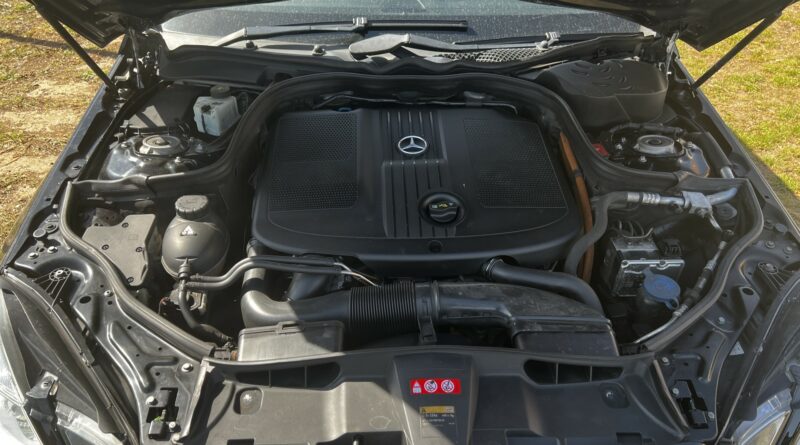Understanding Mild Hybrid Technology Greener Driving
Mild hybrid technology is a bridge between conventional internal combustion engines and full hybrid or electric vehicles, offering a more environmentally friendly alternative without sacrificing performance. Here’s a closer look at this innovative technology and what it means for the future of automobiles. Location between engine or gearbox or alternator unit drive. Her is how fuel injection system works.
What is a Mild Hybrid?
A mild hybrid vehicle incorporates an electric motor alongside a traditional internal combustion engine, typically a gasoline engine but now diesels too. Unlike full hybrid vehicles, mild hybrids cannot run solely on electric power. Instead, they use the electric motor to assist the engine and improve overall efficiency.
How Mild Hybrids Work:
- Electric Motor Assistance: The electric motor in a mild hybrid primarily serves as an assistant to the gasoline engine. It provides additional power during acceleration and assists in maintaining a steady speed.
- Regenerative Braking: Mild hybrids utilize regenerative braking technology. When the driver applies the brakes, the electric motor acts as a generator, converting kinetic energy into electrical energy, which is then stored in a small battery.
- Start-Stop Function: Another common feature in mild hybrids is the start-stop system. When the vehicle comes to a stop, such as at a traffic light, the engine automatically shuts off to save fuel. The electric motor restarts the engine when the driver releases the brake pedal.
Benefits of Mild Hybrid Technology:
- Improved Fuel Efficiency: The electric motor’s assistance reduces the load on the gasoline engine, making it more fuel-efficient. This leads to lower fuel consumption and reduced emissions.
- Reduced Environmental Impact: Mild hybrids contribute to reducing greenhouse gas emissions and air pollutants, making them a greener choice compared to traditional vehicles.
- Enhanced Performance: The electric motor’s instant torque can provide a boost in acceleration, improving overall performance.
- Extended Engine Life: The reduced workload on the gasoline engine can lead to increased longevity and reduced maintenance costs.
- Regenerative Braking: By capturing energy during braking, mild hybrids maximize energy efficiency and reduce wasted power.
Examples of Mild Hybrid Vehicles:
Many automakers have embraced mild hybrid technology. Models like the Honda Insight classic pioneer, 2021 Hyundai mild-Hybrid range, and Mercedes mild hybrids, Range Rovers 2022 range are prime examples of vehicles that incorporate mild hybrid systems to enhance efficiency and reduce emissions. Here is more about hybrid and plugin hybrid vehicles.
The Future of Mild Hybrids:
Mild hybrid technology is expected to continue evolving as automakers strive to meet stricter emissions standards and reduce their carbon footprint. As part of the transition towards more sustainable transportation, mild hybrids are likely to become more common and play a significant role in greener driving options. See also how electric cars work.
In conclusion, mild hybrid vehicles represent a promising step towards more sustainable and environmentally friendly transportation. By combining the benefits of electric assistance with conventional engines, they offer improved fuel efficiency, reduced emissions, and a smoother driving experience. As technology advances, we can expect even more innovative developments in the world of mild hybrids.
Buying a used VW. Buying used vauxhall, BMW, Jaguar, Ford, Volvo, Range rover, Bentley, Aston Martin, Porsche, Ferrari, Lamborghini, Maserati, Hyundai, Tesla, Honda, Pagani

